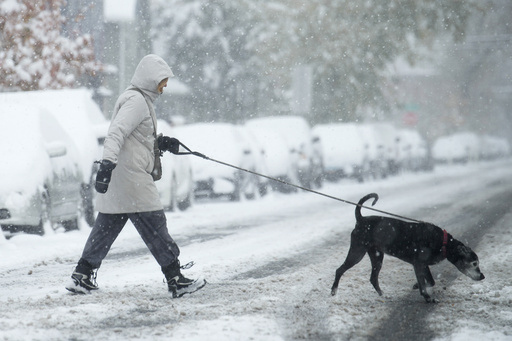The joy of having a dog includes the cuddles, loyalty, and worshipful eyes they give, along with the brisk walks they enjoy. However, a new peril has emerged related to dog-walking injuries, according to researchers from Johns Hopkins University. Over the past two decades, incidents of fractures, sprains, and head trauma have been increasing among adults and children in the U.S.
From 2001 to 2020, the number of adults visiting emergency departments due to dog-walking injuries rose significantly from 7,300 to 32,300 per year. Most of these patients were women, with adults aged 40 to 64 comprising 47% of the cases. Researchers point out that many more people likely seek treatment at primary care or urgent care clinics for such injuries.
The rise in dog-walking injuries can be partly attributed to the increasing popularity of dog ownership in the U.S., with about half of households having at least one dog. The pandemic has also contributed to a spike in dog ownership.
To stay safe while walking a dog, experts recommend staying focused, especially in inclement weather, and avoiding distractions like using a phone. It’s crucial to pay attention, especially when walking strong, powerful dogs that can unexpectedly lunge or pull.
Incidents of injuries while dog-walking include scenarios like dogs chasing after squirrels, causing their owners to fall and sustain fractures or sprains. Running with a leashed dog can also be risky, particularly if the dog is easily spooked or not well-trained.
In rural areas, the dangers of getting struck by vehicles while walking dogs are significant, especially on roads without sidewalks. Wearing reflective clothing and utilizing proper gear like non-retractable leashes and appropriate footwear can help minimize risks.
Experts also emphasize the importance of balance and strength training for older adults to reduce the risk of falls while walking dogs. Working with dog trainers can also enhance the walking experience, helping both the dog and the walker understand each other better.
Overall, caution, focus, and proper equipment are essential for a safe and enjoyable dog-walking experience to prevent potential injuries.


